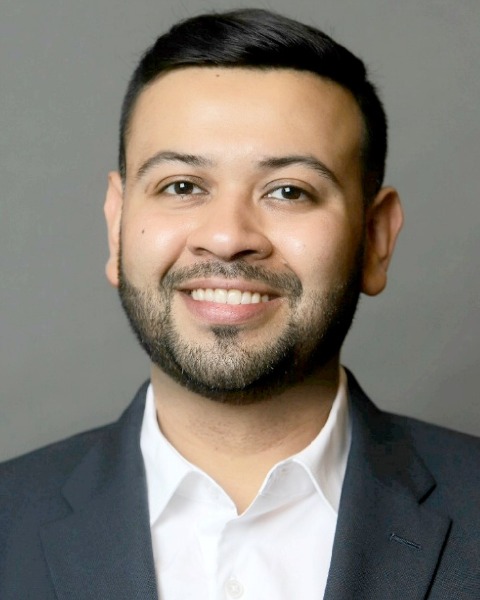QSP
(T-008) Quantitative Systems Pharmacology (QSP) model for combined targeting of BAFF and CD40 pathways in systemic lupus erythematosus
Tuesday, November 12, 2024
7:00 AM - 5:00 PM MST
Julie Carman, PhD – Senior Scientific Director, Janssen R&D; David Bassen, PhD – Associate Director, Applied BioMath, LLC; Saheli Sarkar, PhD – Sr Principal Scientist, Certara; Tao Peng, PhD – Sr Scientist, Janssen R&D; Kalyanasundaram Subramanian, PhD – CEO, Applied BioMath, LLC; Weirong Wang, PhD – Sr Scientific Director, Janssen R&D

Vivaswath S. Ayyar, PhD
Associate Scientific Director
J&J Innovative Medicine
Philadelphia, Pennsylvania, United States
Author(s)
Disclosure(s):
Vivaswath S. Ayyar, PhD: No relevant disclosure to display
Objective: Autoreactive B cells play a key role in the pathogenesis of systemic lupus erythematosus (SLE). Cellular signaling via B cell activating factor receptor (BAFF-R) and CD40 are both required for B-cell survival, maturation, and differentiation into pathogenic autoantibody-secreting plasma cells. By combining preclinical experiments and clinical measures (PK, serum biomarkers, naïve B-cell and plasma cell counts), a quantitative systems pharmacology (QSP) model was developed to capture the effect of combined targeting of BAFF and CD40 and recapitulate clinically measurable impacts (anti-dsDNA titers) in systemic lupus erythematosus (SLE) patients.
Methods: The QSP model was developed based on the clinical impact of targeting BAFF & CD40 as well as diverse published datasets informing physiologic and pharmacologic parameter values including protein and cell turnover rates, drug-ligand and ligand-receptor affinities, and relevant downstream pathway effects, including B-cell survival. The model comprised three compartments reflecting plasma (site of clinical measurements), periphery (distribution space), and an “immunologic” (splenic) space (capturing disease processes and drug effects on clinical biomarkers). The model was calibrated by leveraging human plasma PK, biomarkers (anti-dsDNA autoantibodies, naive B-cell counts), and their time- and dose-dependent clinical responses to belimumab (anti-BAFF), ruplizumab (anti-CD40L mAb), and dapirolizumab pegol (DZP; anti-CD40L pegylated Fab) in SLE.
Results: Upon accounting for the plasma PK and BAFF receptor occupancy (RO) profiles for belimumab and implementing an expanded autoantibody production model (arising from distinct B-cell populations), the model demonstrated that the extent and time-course of anti-BAFF response was dependent on the reduction of naive B-cells and successfully captured the multiphasic reduction of anti-dsDNA autoantibodies observed in SLE patients receiving 1 or 10 mg/kg of belimumab. The model also captured the time- and dose-dependent decrease in anti-dsDNA autoantibodies by ruplizumab and DZP across different doses tested clinically. Therapeutically relevant scenarios of BAFF and CD40 blockade were simulated alone or in combination to assess outcome on anti-dsDNA lowering over time.
Conclusion: Model simulations delineated the individual and combined effects of BAFF and CD40 blockade on response in SLE patients. This QSP model will quantitatively inform rationale clinical design and development of combination treatment strategies in SLE.
Citations: (1) Brightbill HD et al. Nat Commun 9, 179 (2018).
(2) Khodadadi L et al. Front Immunol 10, 721 (2019).
(3) Wallace D et al. Arthritis Rheum 61, 1168 (2009).
(4) Furie RA et al. Rheumatology 60, 5397 (2021).

